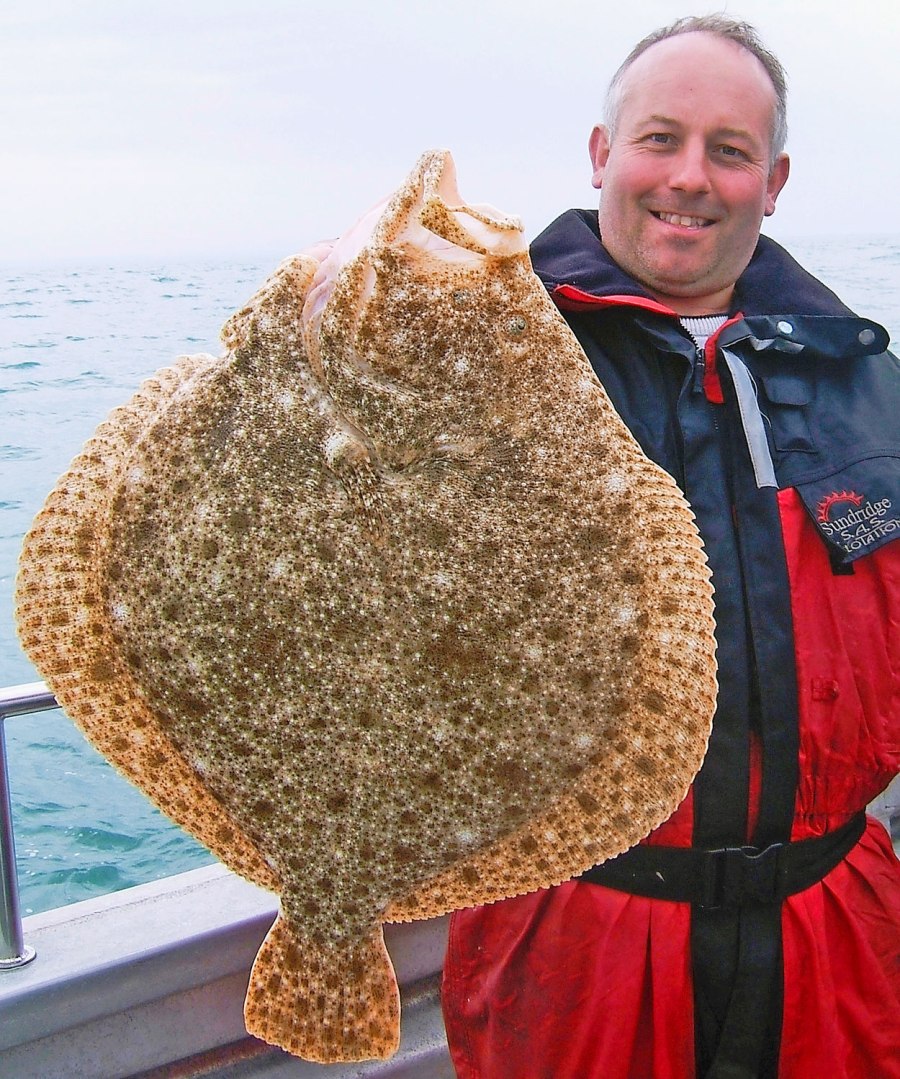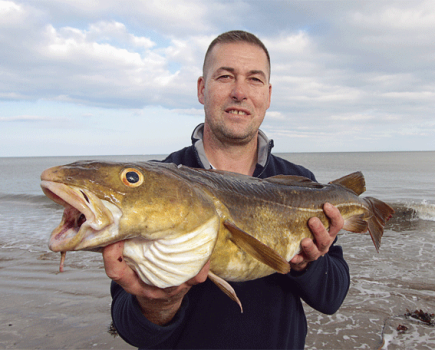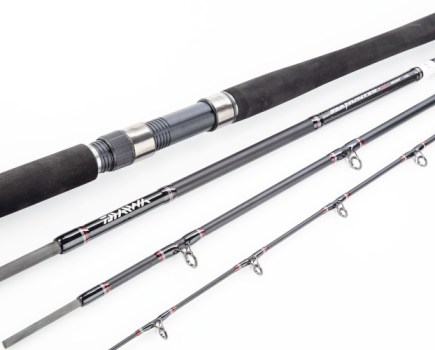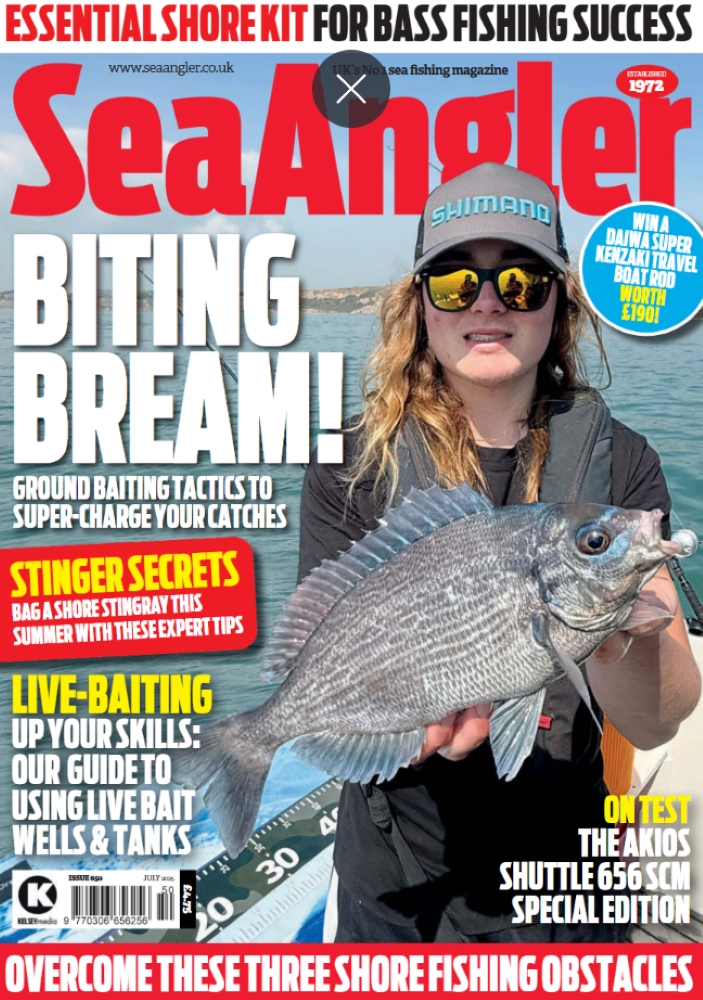Turbot can be found all around the coast of Britain and Ireland, but it is the most common around the southerly coasts. They prefer sandy bottoms, but can also survive quite well living over mud and amongst mixed sea beds comprising sand and rock.
Turbot can withstand brackish waters, so they are quite content to travel and feed within estuaries and even creeks.
Adult turbot live mostly in depths of between 20m and 80m, whereas smaller and younger fish can be found living very close to the shoreline. You can find tiny turbot within sandy channels and even in pools.
IDENTIFICATION
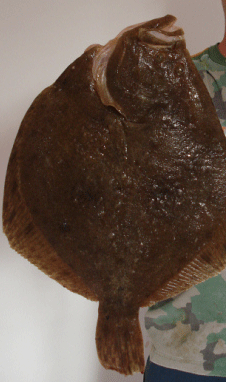
Turbot are one of our largest flatfish, having a very broad body and wide fins. It is almost circular – resembling a large dinner plate – but with a short, stumpy tail.
The eyes of the turbot are positioned on the left-hand-side of the body, the dorsal fin is quite tidy and neat, unlike that of the brill.
The skin is devoid of scales but there are large and bony tubercles scattered all over the fish’s body. Its lateral line is arched around the pectoral fin and the colour of this fish is variable as the turbot can change its colour to suit the background conditions. But basically the turbot is brown to grey with hundreds of brown/black/green spots all over its body and fins.
The underside of the turbot is white, occasionally having dark blotches.
FEEDING
Turbot feed mostly on other fish, small fish such as sand eels, sprats, herring and whiting, but they will also take gobies, crustaceans and molluscs. They have very large mouths which make catching other fish easy.
To catch a turbot try using crab, squid strips or worms.
BREEDING
Just like the brill, spawning of the turbot takes place in spring and summer in shallower water of between 10 and 40m deep. The females produce an enormous amount of eggs – up to 15 million!
The eggs and their larvae float around within the plankton until they reach 2.5cm, after around 5 months old. Then they will have taken on that distinguishable turbot shape and move to the bottom of the sea bed.
Having their eyes on the left-hand-side of the body, the turbot settle on their right side.
Because the eggs and larvae drift helplessly with the plankton, they do become scattered and widespread, but they do eventually drift towards shallow water.

